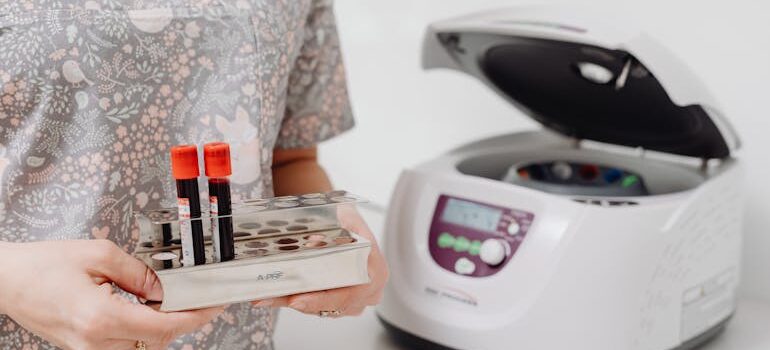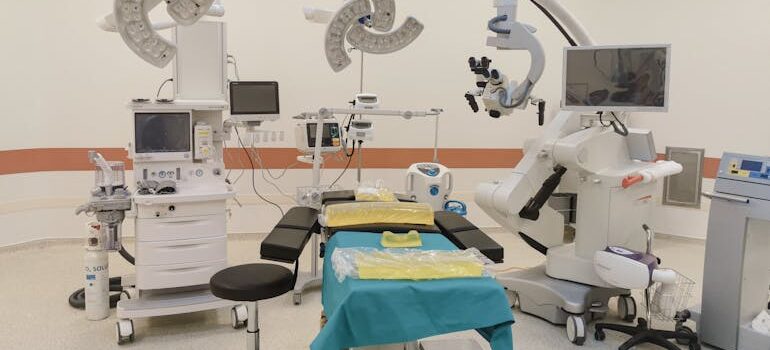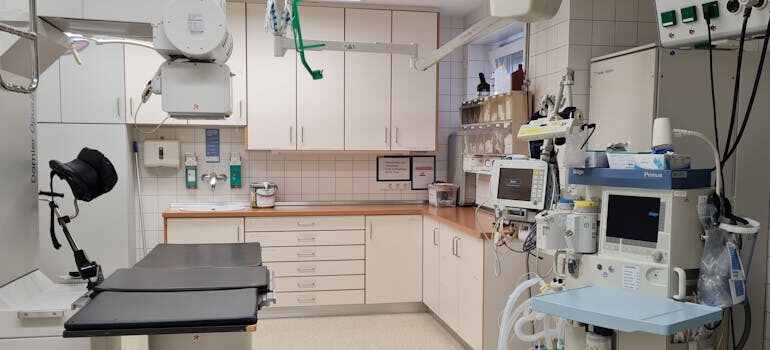Relocating sensitive equipment isn’t like moving office chairs or desks. Medical devices are expensive, delicate, and critical to patient care. One small mistake can break a machine or delay vital treatments. That’s why clinics and hospitals need to watch for the most common mistakes to avoid when relocating medical devices. For example, moving an MRI machine without special prep can lead to thousands of dollars in damage. Worse, it might take weeks to replace or fix. Many providers try to save money by hiring general movers. That often causes more problems. Not all movers understand medical tools. If you’re in California, it’s smarter to hire experienced moving companies Bay Area clients trust for technical moves. In this guide, you’ll learn the mistakes to avoid when relocating medical devices and how to make sure your move goes right the first time.
Forgetting To Ask The Manufacturer First
One big mistake is not contacting the manufacturer before you move anything. Many machines have exact instructions for shutdown, disassembly, and transport. For instance, some imaging machines need to be powered down a certain way. Others need special brackets or locking systems during the move. If you skip this step, you could void your warranty. Some devices even lose calibration or data if handled the wrong way. Manufacturers also know what tools or settings are safe for transport. That’s why top medical equipment moving companies always ask vendors for guidance before touching high-value tools. You should, too. Even simple machines like infusion pumps can break if someone lifts them by the wrong part. Call the manufacturer, ask for the guidelines, and share them with your movers. It’s one of the easiest ways to protect your investment and avoid costly delays.

Skipping The Pre-Move Walkthrough And Documentation
Too many people rush into a move without checking the details first. That’s a huge risk.
- Always walk through both the current and new space. Take notes and pictures. List every machine, tool, and part. Make sure you label all cables and accessories. If something goes missing or gets damaged, this list helps you track it. It also helps with insurance claims.
- Also, look at hallway widths, door sizes, and elevator access. Will everything fit? Some machines may need to be disassembled. Others might not fit without special equipment.
- Don’t forget to check power outlets and grounding at the new location. Some equipment can’t run without exact power specs. These small details make a big difference on move day.
Hiring Movers Without Medical Equipment Experience
Not every mover knows how to handle a $50,000 surgical laser. Hiring general movers is one of the most common mistakes to avoid when relocating medical devices. These companies might be great with furniture or computers, but not medical tools. They don’t always know what parts are fragile or which devices need climate control. For example, ultrasound machines can be damaged by shaking or cold temperatures. The right medical equipment movers use padded crates, lift gates, and anti-static wraps. They also carry special insurance for medical equipment. That matters a lot if something breaks. You need movers who know how to lift, pack, and load gear the right way. Check their experience. Ask for client reviews from clinics or labs. Don’t take a chance with someone who’s never moved a centrifuge or exam table before.

Using The Wrong Packing Materials Or Ignoring Temperature Control
Another major problem is bad packing. Tossing machines into basic boxes or wrapping them with bubble wrapping isn’t enough. Some items need anti-static packaging. Others need custom crates. A dental X-ray machine, for example, has delicate sensors that break easily. The best packing services Bay Area providers offer foam-in-place systems, medical-grade padding, and sealed containers. On top of that, climate matters. Devices like lab freezers, lasers, or some diagnostic tools can’t handle extreme heat or cold. During summer, an enclosed truck can hit 100°F. That can melt plastic parts or damage internal systems. Ask if your movers offer temperature-controlled trucks or storage. If not, you risk losing expensive gear before it even gets to the new site. Poor packing and heat damage are easy to avoid—but only if you know to look out for them.
Ignoring Permits, Compliance, And Insurance Details
You might think moving is just about loading and unloading, but there are rules to follow. Transporting some devices means dealing with HIPAA, OSHA, or even hazardous materials laws. That includes machines that use radiation or contain chemicals. If your mover isn’t familiar with these rules, you could face fines or legal issues. Also, not all insurance covers medical equipment during a move. Make sure your policy does. Many moving companies offer separate coverage for sensitive items. Without it, you’re stuck paying out of pocket if something breaks. Permits might be needed if you’re transporting across counties or state lines. Don’t assume it’s fine just because it’s local. Taking the time to double-check permits and insurance may feel boring, but it can save you thousands later.
Poor Communication Between Teams And Bad Scheduling
Even if you have the right movers, things can still go wrong if no one’s talking. Don’t forget to include your biomedical team, IT, and facilities staff in the planning. Everyone needs to know when and how the move will happen. It’s also key to coordinate with the receiving location. Will the new space be ready? Will power be live? One of the mistakes to avoid when relocating medical devices is assuming that everyone is on the same page. That’s rarely true unless you check. Build a timeline. Share it with all staff. Assign clear tasks. If possible, have someone on-site to check the setup before devices arrive. Also, ask movers to call 30–60 minutes before arrival. That way, your team can prepare. A small delay in communication can create big problems on the day of the move.

Conclusion: All the Mistakes to Avoid When Relocating Medical Devices
Relocating medical equipment takes more than a truck and some boxes. It takes planning, the right team, and the right tools. From bad packing to hiring the wrong movers, the mistakes to avoid when relocating medical devices are easy to make—but also easy to prevent. Focus on quality over speed. Always talk to your manufacturer, and never assume a mover knows what to do unless they prove it. Work with trusted moving companies, especially those offering storage Concord CA and setup services. Good communication, proper tools, and expert help make all the difference. In the end, the goal isn’t just moving stuff—it’s protecting your investment and keeping your patients safe. If you avoid these mistakes, your equipment will arrive ready to use, and your team can get back to work without delay.


